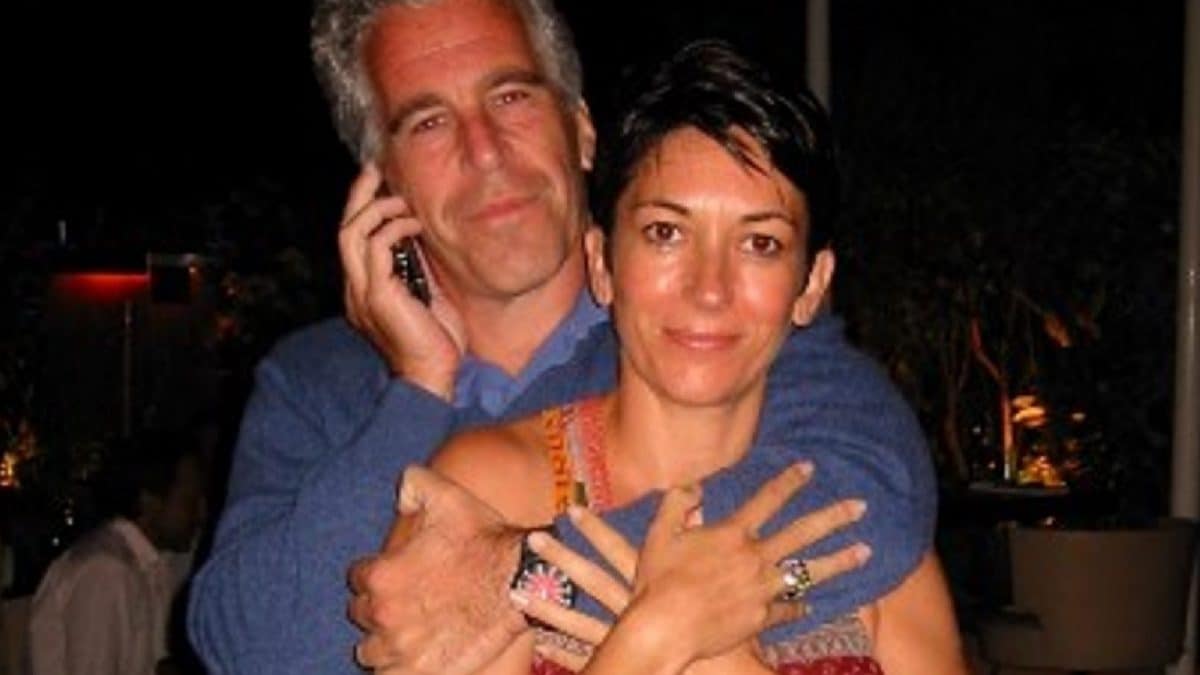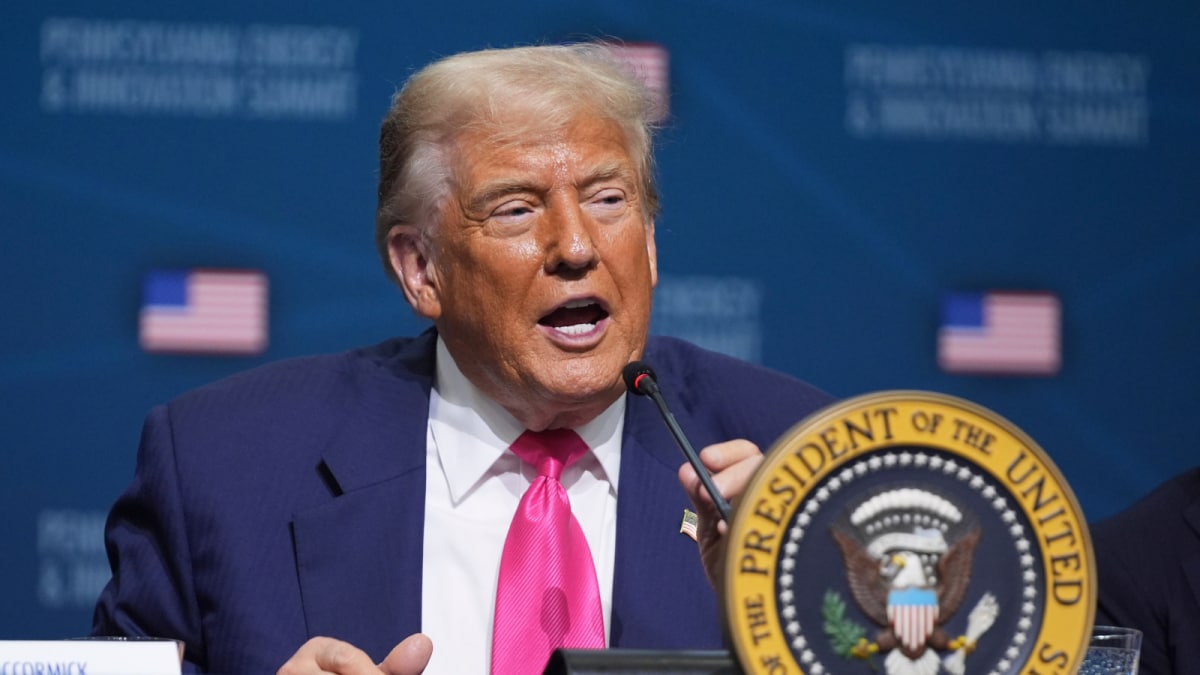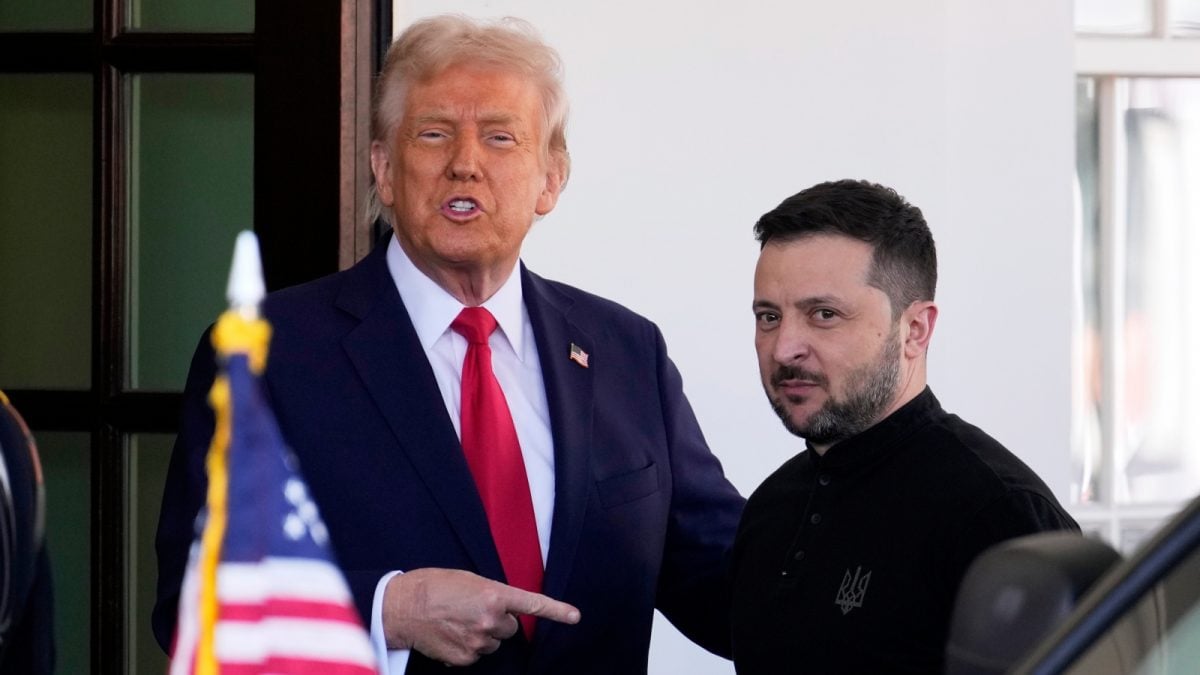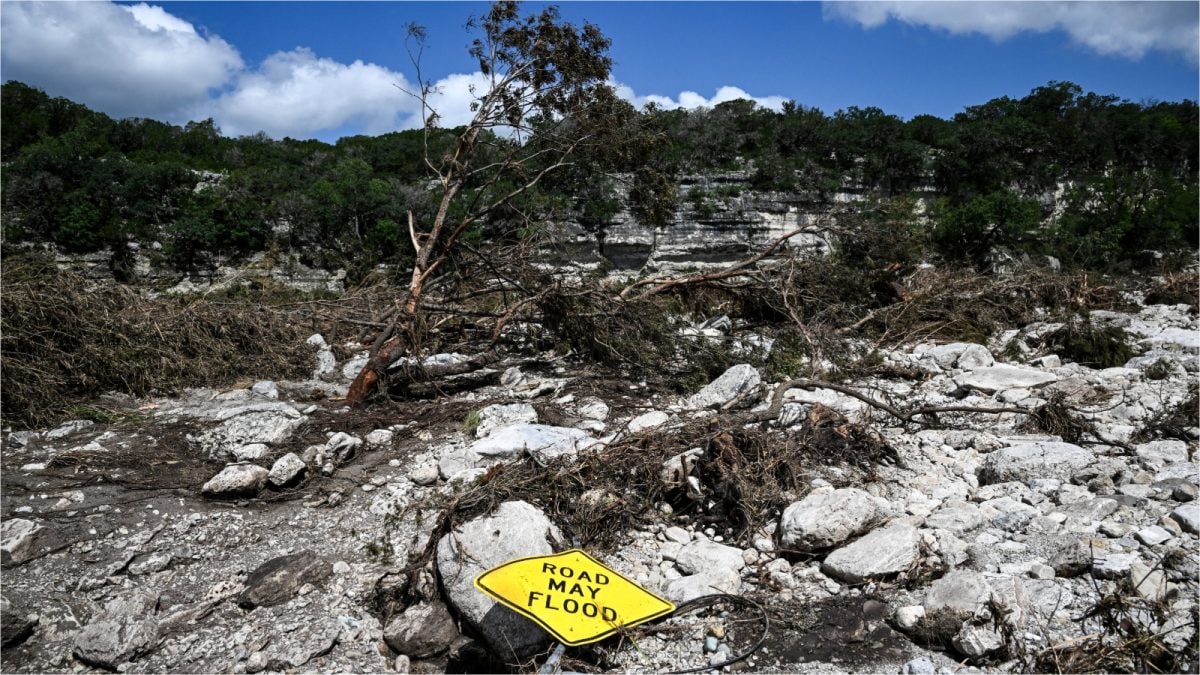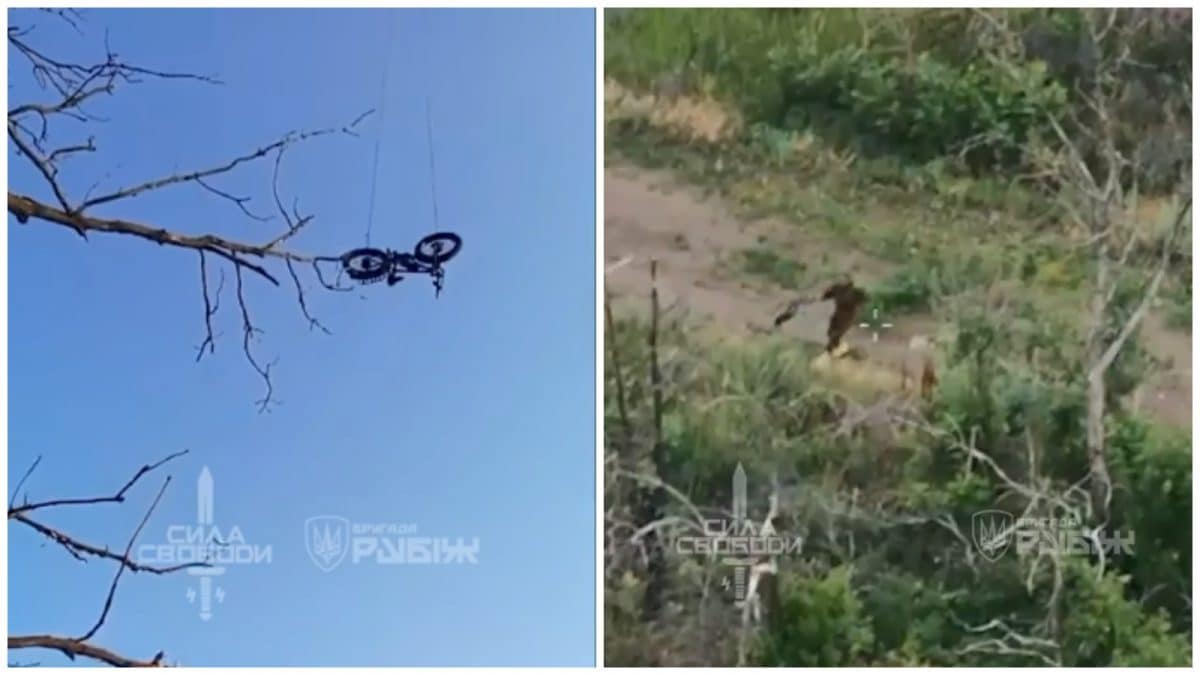Last Updated:June 04, 2025, 21:25 IST
The assault, carried out on June 3, involved a massive 1,100 kg of underwater explosives and has left the structural foundations of the bridge severely compromised

Russia condemned the attack as a "terrorist act" and vowed retaliation. (Representational Image: AP)
In a daring and technologically sophisticated operation that struck at the heart of Russia’s strategic ambitions, Ukraine has claimed responsibility for a high-powered underwater attack on the Kerch Bridge, an infrastructure project long touted as a symbol of Vladimir Putin’s dominance over Crimea.
The assault, carried out in the early hours of June 3, involved a massive 1,100 kg of underwater explosives and has left the structural foundations of the 19-km-long bridge severely compromised. This marks the third attack on the Kerch Bridge since the war began in 2022, but by far the most precise, covert, and destructive.
The Ukrainian Security Service (SBU) took official responsibility, calling it both a “surgical" and “symbolic" operation. The weapon of choice? A stealth underwater drone named Marichka, which carried the explosive payload undetected through the waters of the Kerch Strait before detonating beneath one of the bridge’s main underwater support pylons.
“This is not just about infrastructure," a senior Ukrainian official told local media, adding, “This is about disrupting Russia’s military lifeline and striking at its psychological core."
The Kerch Bridge holds far more than logistical value for Russia. Inaugurated in 2018 by Putin himself, the bridge physically connects mainland Russia to the Crimean Peninsula, territory annexed by Moscow in 2014 in a move widely condemned internationally. It serves as a critical conduit for the movement of troops, armored vehicles, fuel, and supplies to and from Crimea, especially during ongoing military operations in southern Ukraine.
But beyond the battlefield, the bridge has stood as a towering emblem of Putin’s resolve and Russia’s territorial claims. Its targeting by Ukrainian forces is seen not merely as an act of sabotage, but a pointed challenge to the Kremlin’s authority.
Within hours of the blast, Russian authorities shut down traffic on the bridge, rerouting military and civilian supplies through less efficient land corridors. According to Russian Defence Ministry sources, efforts are now underway to establish alternative logistics routes. However, satellite images and independent assessments confirm significant damage to the underwater supports, indicating long-term disruption.
Underwater explosives, engineered for maximum impact in dense aquatic environments, played a pivotal role in the bridge’s destabilisation. Unlike surface explosions, underwater blasts create shockwaves that travel farther and penetrate deeper due to water’s higher density. The result: widespread structural compromise without the need for a large visible explosion.
In this case, the Marichka drone served as the perfect delivery mechanism. Sleek, submersible, and almost entirely silent, the drone maneuvered beneath the bridge and detonated its payload with surgical precision. It was a quiet strike, but one with thunderous implications.
The Kremlin has responded with fury, branding the attack a “terrorist act" and accusing Ukraine of crossing yet another red line. In a strongly worded statement, Russian officials denounced the “silence of the international community", labelling it as evidence of Western bias.
“This was not merely a strike against a bridge," Russian Foreign Ministry spokesperson Maria Zakharova said, adding that it was an assault on Russian sovereignty. “Such actions will not go unanswered," she said.
Military analysts anticipate retaliatory strikes from Russia in the coming days, though Ukraine appears unfazed.
Speaking from the capital, Ukrainian President Volodymyr Zelensky was resolute. “This war is not confined to trenches and tanks. It extends to the sea, to the air, to cyber networks. And we are prepared on every front," he said.
For Ukraine, the operation serves both a strategic and symbolic purpose – disrupting Russia’s battlefield mobility while also signaling a new era of modern, multidimensional warfare. “This attack sends a clear message," said a Ukrainian defence analyst, adding, “Russia’s vulnerabilities are growing. No target is untouchable."
With tensions escalating across the Black Sea region and NATO allies closely watching, the latest blow to the Kerch Bridge underscores a rapidly changing theater of war – where underwater drones may now be as crucial as ballistic missiles, and symbolism can be as potent as strategy.
Location :Moscow, Russia
First Published:News world Underwater Explosives: How Ukraine Blew Up The Crimea Bridge To Cripple Russian Attack

 1 month ago
1 month ago
